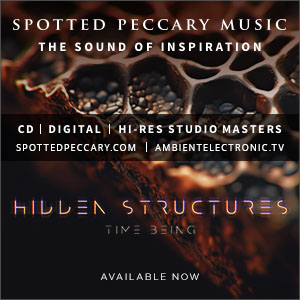Jean-Claude Eloy (b. 1938) is the greatest composer of the past half-century I never heard of. A profound engagement with the Japanese Gagaku orchestra—imperial courtly music—combined with lengthy schooling in the complexity of European modernism has given birth to a style that is all the Frenchman’s own.
[February—2012] Jean-Claude Eloy (b. 1938) is the greatest composer of the past half-century I never heard of. A profound engagement with the Japanese Gagaku orchestra—imperial courtly music—combined with lengthy schooling in the complexity of European modernism has given birth to a style that is all the Frenchman’s own. Praised for his seamless melding of East and West, his sole topic is encounter in the “I and Thou” sense of Martin Buber. This former student of Darius Milhaud, the Darmstadt School and Pierre Boulez composes works of long duration, understanding that to learn to know the other takes time. These archival recordings couldn’t come at a better time, when we need to retrain ourselves to take the long look, the long listen. In the tradition of “If you want something done right, do it yourself,” Eloy has been editing a recorded library of his work since the late nineties, capturing his vision of timelessness, ritual and integration. Each bulky digipak contains excellent, concise liner notes in French and English rich with photographs, including shots of the composer contemporary to each work. I’ll take them in order of release.
Gaku-no-Michi (Hors Territoires, 4CD) 1977-78 — This is the reverse-Wagnerian Gesamtkunstwerk; instead of bombast and emotional coercion, we are treated to a wash of suggestion, a poem written in sound rather than a thump on the head. Recorded in Tokyo in the late seventies, and revised in 2006, it processes the country as a whole, its pulse, its breath. It is a symphony not so much dedicated to Japan as made out of it. “Pachinko” suggests being inside, or at least within earshot of a games arcade, but it is just a waiting room before stepping on board the train that is the city of Tokyo. Bells and subtle electronics fire at the synapses of this ”film without images” as a literal train glides through a virtual city. Snatches of conversation are captured and lost, speed varying but momentum constantly forward. It is a smooth, ambient ride. Eloy sees it as a ”tao,” a way, and the eighty-minute second disc, “Fushiki-e,” represents the path electronically, rough and smooth, out of the city, toward ”what is knowable.” Disc three is a sound poem tossing political speeches, marching bands, crowds of adults and children, and a deer-scaring device common to traditional Japanese gardens into the vortex to eventually bobble up to the surface in a paradisical pool of synthesized strings – a trip through the mundane and the exceptional, according to the composer. An exceptionally well-composed sound collage, according to the present reviewer. The final, hour-long disc proceeds ”beyond metamorphosis” as a heady, electronic rebirthing, reboarding the commuter train and heading toward reminiscence, toward Hiroshima, only to float away like incense. A lengthy codex ”aprés le concert” seems to be taking us away from the island on a crusty old steamer.
Ahata-Anahata (Hors Territoires, 3CD) 1984-86 — This work calls to mind Eloy’s compatriot Eliane Radigue, insofar as the drone, the duration, and the Buddhism are key to both. At its centre stand two monks, percussion and Eloy’s ”electro-acoustic projection,” a nice coinage reminiscent of Brian Eno’s ”treatments.” The disc begins with the single strike of a gong and silence long after its tone has ebbed out. The air has been cleared. For twenty minutes, Michael W. Ranta rings his huge collection of Far Eastern percussion like he was the gentle breeze inside a gigantic wind chime. The holy moan of Kôshin Ebihara, a master of the shomyo chanting art of the Tendai sect (which stresses the fundamental capacity for enlightenment in all life and all experience) rises alone. After a long plaint emanating directly from his very innards, a tiny-bell coda concludes the second section. Bell and voice mingle like smoke rings in the third, and only after several minutes does Eloy make his presence felt again with a low whoosh seemingly extracted from one of the cymbals. In closing, the tailwinds of a distant storm disturbs Ranta’s metal foliage. Eloy lays low and sculpts the vibration of the air. Beautiful restraint.
The second disc showcases the drawn-out, almost lamentory song of Ebihara. Kôjun Arai, a member of the more esoteric Shingon sect, joins in and both come together and intermingle a dozen minutes later, a palpable example of the theme of mutability and immutability which sets the theme for this second section. It should be mentioned that although firmly based in tradition, the singers are creating new music along with Eloy here, who weaves himself into the gale of their voices with his swelling, wine-dark tones. Soon they recede and Eloy’s wind disturbs Ranta’s wispy bells. The rough-grained sweetness of Satoru Yaotani’s double-reeded hichiriki completes the final mutation, a peacock fanning out his feathers.
The final disc opens with Sukeyasu Shiba solo on ryûteki flute in a section not unreminiscent of a modernist violin recital. Where will the notes he looses travel in the still air? He continues into a second section as Eloy floats metal balloons for Shiba to flit round. Yaotani joins Shiba in a graceful pas-de-deux as Eloy begins to drone near to, but never beyond, the border of atonality. The final suite belongs to Mayumi Miyata on the shô and related bamboo instruments, which slice into the calm Eloy has carefully created like an irascible and slightly detuned melodica. The title “Nimîlana-Unmilana” refers to a state of complete absorption into otherworldly consciousness before refocusing on the real world itself, now aware of its inherent oneness with the supreme being. As this section lurches toward the end, it assumes spookier dimensions, a mad organist eventually drowning in an electro-acoustic soup. The beautiful quarter-hour long coda, morning breaking over the same waters that engulfed the night, is an iteration of the eternal return to a pristine state.
Shanti (Hors Territoires, 2CD) 1972-73 — Shanti is the most succinct work of the series, a mere one-hundred-and-forty-one minutes divided into an Overture, an Extension, Central and Final Parts. Composed at the world-leading WDR studio in Cologne, Eloy presents an extrapolation on ”peace” by gently coaxing the studio’s analogue machinery, lovingly portrayed in liner note photos, to waver and oscillate weirdly. The earliest piece reviewed here and his first electronic composition, Eloy betrays strong family resemblance with other radiophonic workshop pioneers like Delia Derbyshire and Peter Howell; perhaps his most radical departure consists of smoothening it all out into extended drone.
When he stays low and close to the ground, Eloy gets under your skin in the most positive way. The goosebumps “Son de Méditation” graphically illustrated on his analogue display are also being raised on your arms. After well over half an hour, the music begins to arc upward, toward light. Coming and going are voices: American and European activists and demonstrators, radio dramatics, and a closing interview between a man and a woman in French which appears to deal with justifiable violence. The Indian yogi Sir Aurobindo is mentioned and in a Chinese sample, Mao Ze-Dong’s name gets literally tossed around in a final, closing percolation. The “Mantra to the Stars” with which the second disc opens disappoints as a typical bleep and whooshfest of the era. A German military parade marches off singing itself into distortion until swallowed up by the two-part, half-hour finale, waves of drone colourfully splattered once, twice with samples of children at play, before lifting off into the ”vastítude” of outer space. As a whole far less eye-opening than the other works considered here. In this appreciation of the patience of a long-duration composer, for once I feel that less would have been more; the first disc is a marvellous, organic whole, the second feels terribly dated.
Yo-In (Hors Territoires, 4CD) 1980 — Yo-In apparently caused enough of a stir at its first performance that thirty years later, the composer feels compelled to include a separate, 154-page book with each CD set, detailing its conception, production at the Institute of Sonology in Utrecht, and reception. At three hours and forty minutes, the book makes the perfect companion for whiling away the time. Critics seem not to have been ready for the combination of new Western and ancient Eastern musics, not willing to grant the latter the right to an avant-garde, an all-too typical, museological frame of mind. “Reverberations,” as the title translates, features some two hundred percussion instruments played by Ranta, for whom this is something of a showcase, playing a metal-festooned ”Asian Sound” instrumentarium over the bed of processed field recordings prepared by Eloy.
The first disc whips itself into quite a storm, cymbals building to a crescendo for the noisiest interlude thus far before ebbing slowly away. Yo-In is a grand canvas on which Eloy paints the four stages to achieving a state of mind – imploring, absorption, contemplation and liberation – and, like the Indian raga, reflects specific hours of the day – dawn, noon, twilight and night. The second movement begins with the commotion of a construction site – a staged one, not field recording, indicating the workday, no doubt. I really hate it, though the cacophony eventually give way to chimes, vibes, bamboos, small gongs and wooden miscellany from Japan and China, ”sounds of the earth” and birds of Africa. I’m none too enamoured of this section, either, which strikes me as absorbing only to the percussionist, who puts in a truly herculean effort. Disc three – contemplation, twilight – opens with grand sheets of Korean gong which merge with Eloy’s electronics until purring, whereafter Naomi Maeda whispers a poem which grows from narrative to concrete, a flock of phonemes skylarking among Ranta’s bells. The final disc begins with a pleasnt distant roar and is all tam-tams and tympani, punctuated with blood-curdling shouts and ”insults and vociferations” before slowly fading away, the ambient equivalent of holding your ear to a seashell to listen to the sea and hearing a tidal wave approach.
Though they are all saturated with Eastern metaphysics, Yo-In is the most monkish of all four works, in the sense that it feels directed at the initiate. Gaku-no-Michi and Âhata-Anâhata, in contrast, seem to both embrace entire worlds and maintain undeniable universal appeal.
For more information about Jean-Claude Eloy, visit his webpage at www.eloyjeanclaude.com.






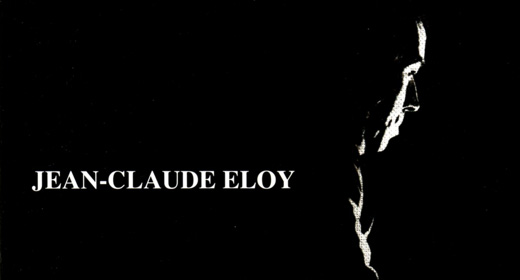


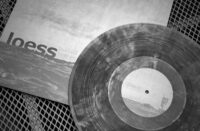
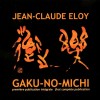

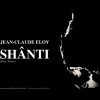
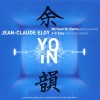
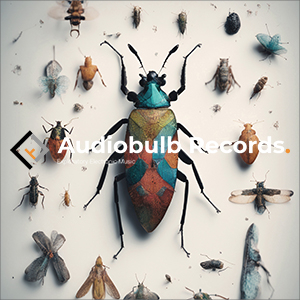
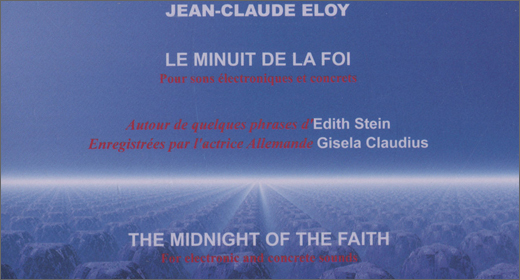


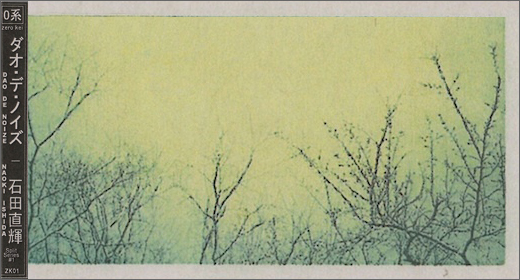
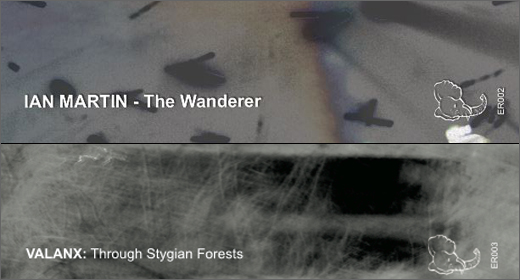







![Allmanna Town :: 1911 EP (Self Released) — [concise]](https://igloomag.com/wp/wp-content/uploads/2025/03/allmannatown-1911_feat2-75x75.jpg)



